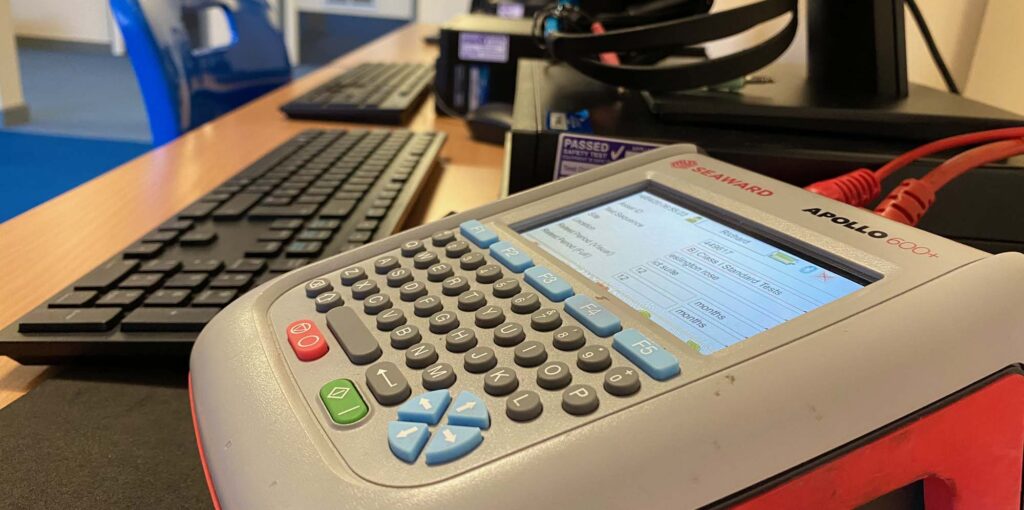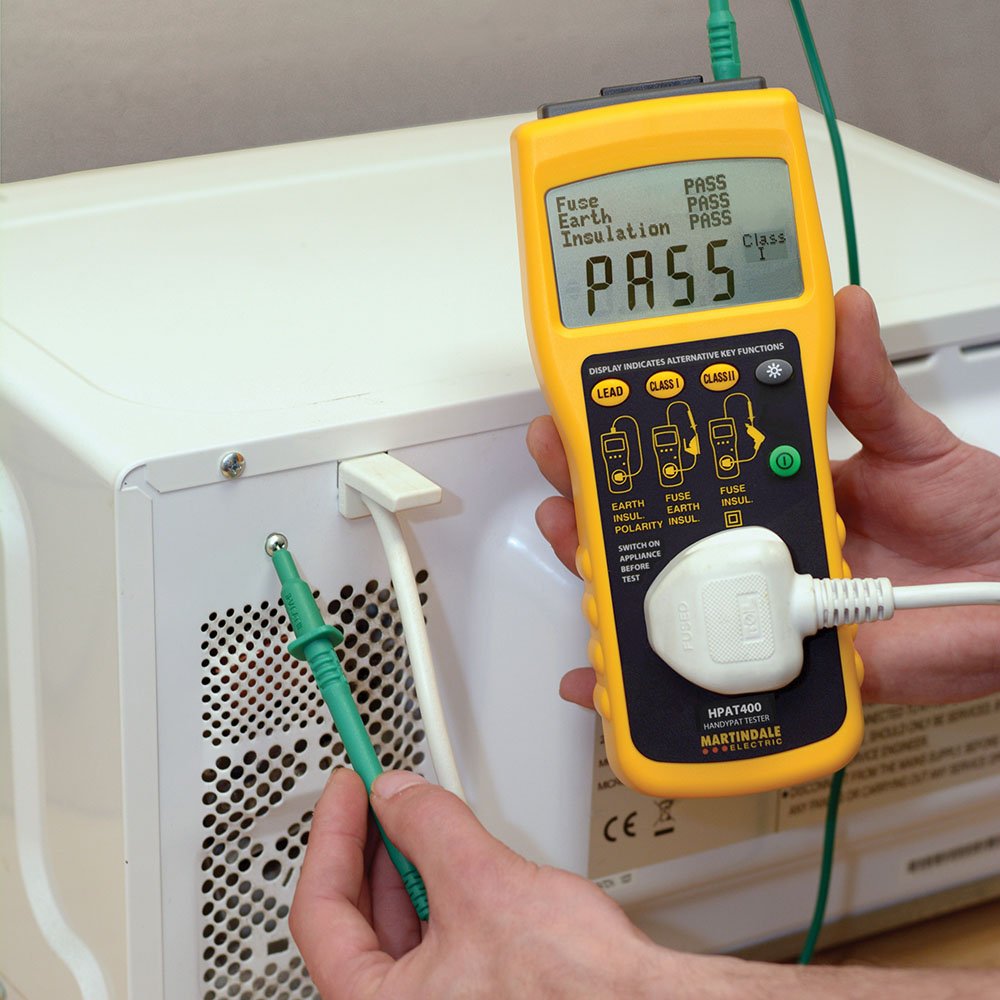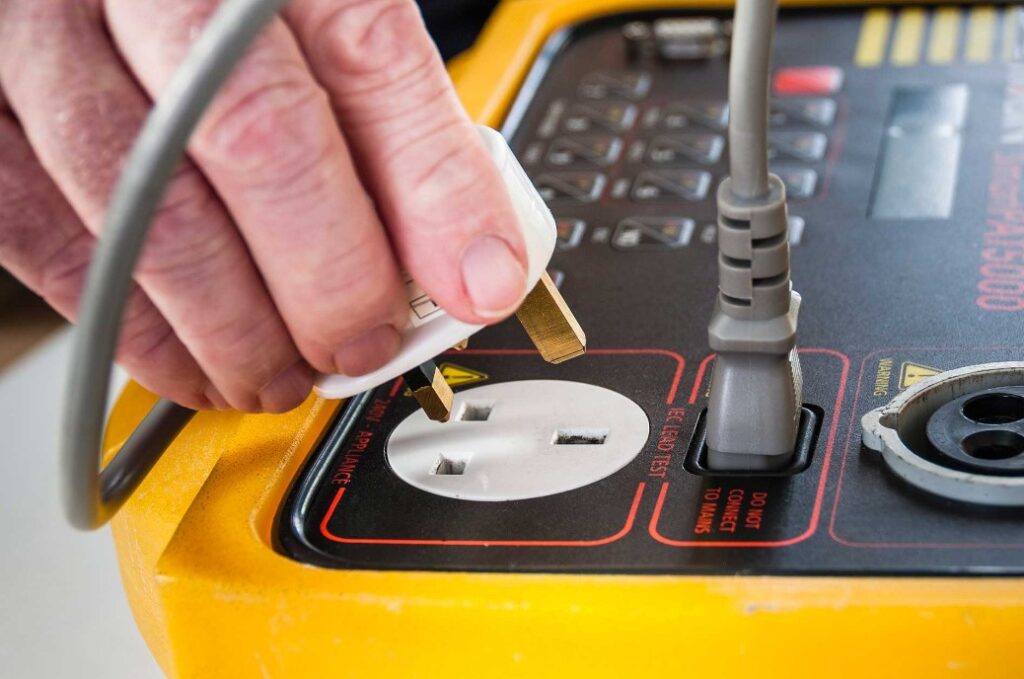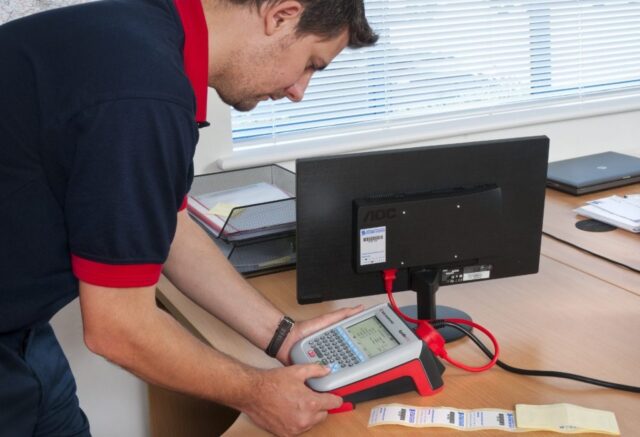Portable Appliance Testing (PAT) is a process whereby you use a portable device, such as a computer or phone, to test the functionality of a piece of hardware. This typically involves connecting the portable device to the hardware and running specific tests on it.
There are several reasons why you might want to do PAT testing. You might be trying to diagnose a problem with a piece of hardware that you can’t take to a lab for testing. You might be troubleshooting a problem with a piece of hardware that you’re using in your work. Or you might just want to see how a piece of hardware works before you buy it.
There are also a few things to keep in mind when doing PAT testing.
- First, make sure that you have the correct permissions on the hardware that you’re testing.
- Second, be aware of the security implications of what you’re doing.
- Third, make sure that your portable device is up-to-date and has the latest software versions installed.
- And finally, be aware of the potential damage that PAT testing can do to your computer.
In this article, we’ll discuss some of the most common ways that PAT testing can damage your PC and what you can do to avoid them.
Is PAT Safe?

Portable Appliance Testing (PAT) can be a great way to test devices before purchasing them. However, there are some risks associated with PAT testing that should be considered.
First and foremost, PAT testing can damage your PC if the device is connected to it in any way. If the device is connected directly to the PC, excess power may be sent to the computer, causing damage.
If the device is connected through a USB port or other peripheral, too much power may also be sent to that port, potentially frying your hardware. Furthermore, PAT testing can also cause interference with other devices in your system, including your computer’s operating system and other software.
If you decide to perform PAT testing on your PC, be sure to follow all safety guidelines and take appropriate precautions.
What Are the Risks of PAT Testing?
There are many potential risks associated with Portable Appliance Testing (PAT). First and foremost, PAT can damage the hardware and software on your PC. In some cases, even minor mistakes during PAT testing can result in permanent damage to your computer. Additionally, PAT can create false positives, which can lead to unnecessary computer security threats. Finally, PAT can be expensive and time-consuming, making it an impractical option for large-scale testing.
How to Perform a PAT Test on Your PC?
A Portable Appliance Testing (PAT) test is a powerful way to identify potential problems with your computer, such as malware or spyware. PAT tests are also great for checking for stability and performance issues. However, PAT testing can also damage your PC if done incorrectly. In this article, we will discuss the basics of PAT testing and how to perform a PAT test on your PC safely.
How PAT Testing Affects Your PC?

PAT testing can damage your PC if not done correctly. The test uses a variety of high-energy radiation and air pressure to test portable appliances. This type of testing can affect your computer’s hardware, software, and data. If you are concerned about the potential damage your PAT testing could cause, speak with your IT professional to ensure that the test is done safely.
The Pros and Cons of PAT Testing
There are many pros to using Portable Appliance Testing (PAT) for your business.
- First, PAT is an accurate way to test devices and can help identify problems early.
- Second, PAT is a fast and easy way to test devices in the field, which can save time and money.
However, there are also some cons to using PAT.
- First, PAT may damage devices if not done correctly.
- Second, PAT may not be appropriate for all types of devices.
- Finally, it is important to consider the cost and time involved in setting up and running a PAT lab before choosing this testing method.
How to Avoid PAT Testing Damage to Your PC?
There is a common misconception that PC hardware can withstand the intense testing that portable appliance testing goes through. In reality, even the most robust PCs can be damaged by PAT testing. Here are four ways in which PAT testing can damage your PC:
- The power supply: Portable appliance testing often uses high voltage and current levels, which can damage the power supply and render your computer inoperable.
- The motherboard: Many portable appliances use heavy-duty electronics, and can potentially damage your motherboard if it’s not properly protected. This can render your computer unable to boot or even start up at all.
- The RAM: Portable appliance testers often use a lot of memory bandwidth and CPU cores, which can cause your system to suffer from instability and crashes.
- The hard drive: Portable appliance testers frequently run tests on large files, which can cause your hard drive to fail and create data loss.

How to avoid it?
There is no one-size-fits-all answer to this question, as the best way to avoid PAT testing damage to your PC will depend on the specific make and model of your computer. However, some tips that may help include:
- Ensuring that your computer has a sturdy power supply that can handle high voltage and current levels;
- Protecting your motherboard with a reliable metal enclosure;
- Installing a quality RAM module and solid state drive;
- Backing up your data regularly in case of hard drive failure.
Types of PAT Testing
There are many types of portable appliance testing. Some common types are thermal testing, electrical testing, and mechanical testing. Each type of PAT testing has its own benefits and drawbacks. Here is a brief overview of each type of PAT:
- Thermal testing: Thermal testing is used to determine the maximum operating temperature of a device. This is important because high temperatures can damage the device and its components.
- Electrical testing: Electrical testing is used to determine the minimum safe voltage and frequency for a device. This is important because low voltages and frequencies can cause damage to the device and its components.
- Mechanical testing: Mechanical testing is used to determine the maximum load that a device can sustain. This is important because high loads can damage the device and its components.
Conclusion
In this article, we are going to take a look at the potential risks of Portable Appliance Testing (PAT) and see if it can damage your PC. While there are some benefits to PAT testing, such as finding out if a particular appliance is causing problems in your home, there are also some risks associated with doing PAT testing.
We will discuss the three main types of risk and how they could impact your computer. Hopefully, by the end of this article you will have a better understanding of what PAT testing is and whether or not it’s something you should consider for your business.







